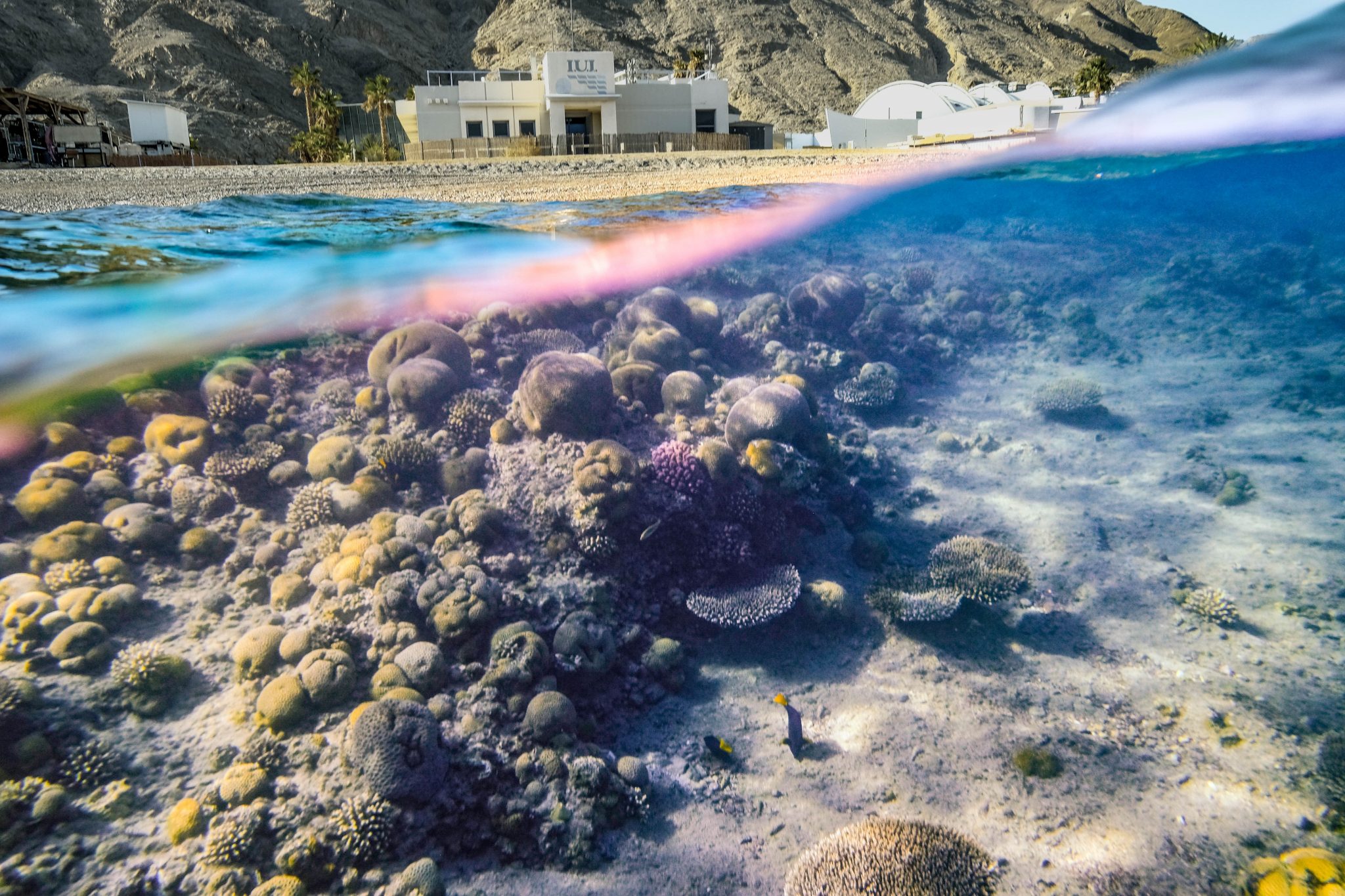Assessing molecular crosstalks and phenotypic changes in the coral symbiosis during bleaching

Considered as “the rain forest of the sea”, coral reefs host a large diversity of marine organisms, estimated to number up to 9 million. Scleractinian corals are at the center of this colorful and rich ecosystem and they have an amazing 200-300 million years evolutionary history, which has resulted in the endosymbiosis with tiny algae, the symbiodinium. But this biologically and economically important ecosystem is on the verge of extinction primarily due to anthropogenic disturbances, with global ocean warming as one of the major threats.
In recent years, several global bleaching events were recorded, with 2016 as the worst year during which most coral reefs on Earth were impacted. Bleaching is the process by which the symbiodinium leave the host, leaving behind a transparent coral tissue through which the white aragonite skeleton underneath becomes visible. In this bleached form, the coral will rapidly die. It is thus crucial to understand the mechanisms involved in the breakdown of this symbiosis as well as the mechanism of recovery. Using a newly developed diagnostic tool, the CBASS (Coral Bleaching Autonomous Stress System) that allow the rapid assessment of coral bleaching threshold through an in situ standardized coral bleaching assay, we are investigating the different bleaching thresholds along the Red Sea environmental (notably temperature) gradient together with phenotypic measurements, changes in gene expression, and coral bacterial communities.
We are also benchmarking this tool against more standard long-term bleaching experiment and attempt to detect genetic markers of coral recovery. In order to better understand the molecular crosstalk between the host and the symbiont at different stages of bleaching, as well as during a recovery phase post thermal stress, we are using next-generation sequencing by sequencing whole mRNA (RNAseq). At the same time, we have collected phenotypic information of the bleaching. 16S Amplicon libraries are also sequenced in order to assess change in bacterial communities, which habve been shown to play a role in the coral resistance to temperature change. The project is a collaboration with Prof. Christain R. Voolstra, Prof. Maoz Fine and Prof Daniel Barshis. This research is supported by the Post-Doctoral fellowship of the AXA Research Fund.
